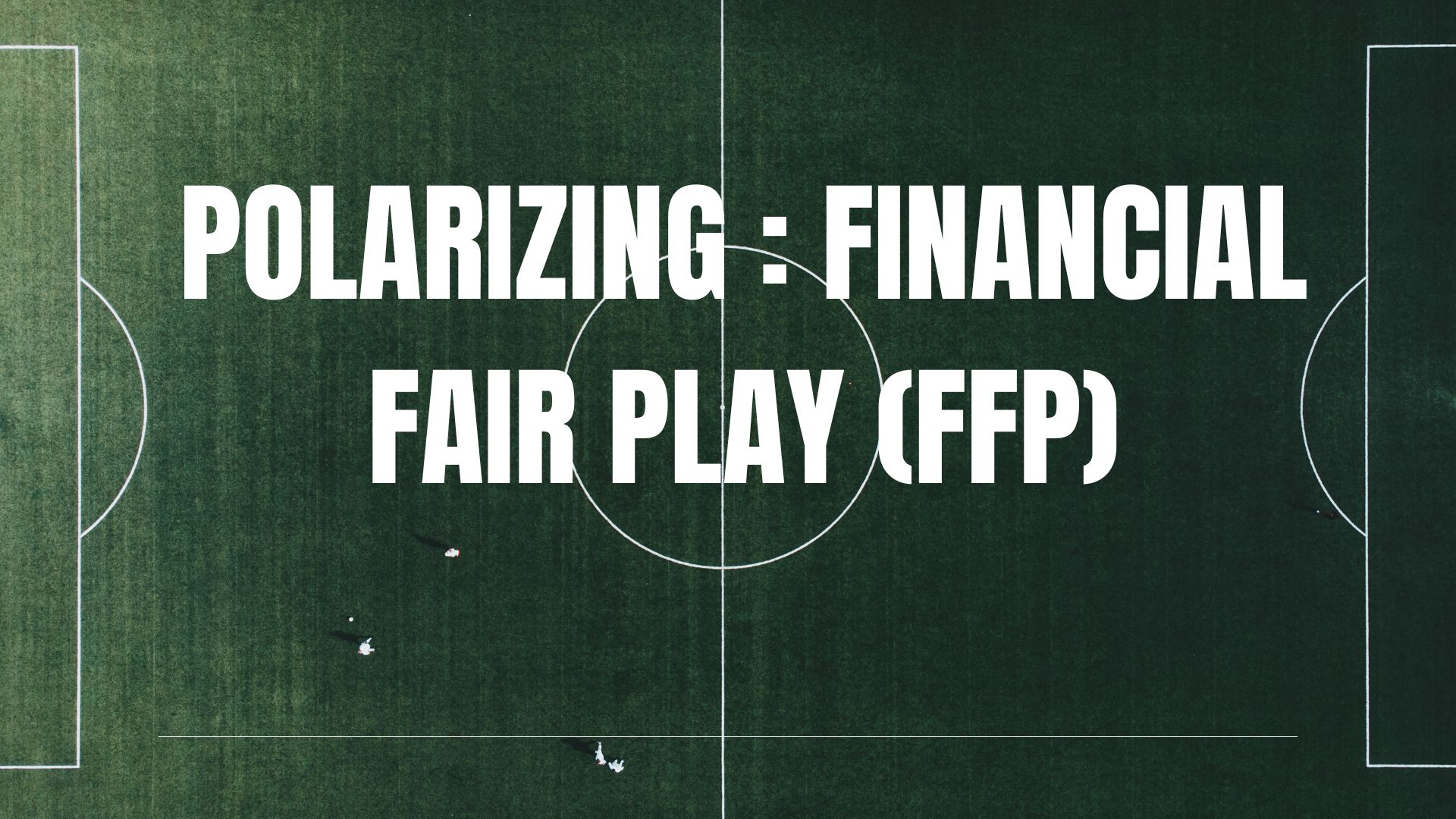
By the late 2000s, European football was operating on a financial model that was increasingly unstable. Many clubs routinely spent more than they earned, often depending on loans, speculative investment, or owner underwriting to stay competitive. The assumption was that future sporting success would produce enough prize money and commercial value to cover present losses. When those success cycles broke, the consequences were severe.
Several high-profile collapses demonstrated how fragile the system had become. Leeds United, whose early-2000s Champions League project was funded on projected revenue rather than actual revenue, crashed into relegation and long-term decline when qualification was missed. Portsmouth won the FA Cup in 2008, but their wage bill and transfer obligations were unsustainable, leading to administration two years later. In Italy, Parma entered bankruptcy in 2015 after years of debt accumulation and financial mismanagement. These were not isolated cases. UEFA found that before 2009, roughly half of Europe’s top-division clubs were running annual losses.
UEFA introduced Financial Fair Play to address this environment. The core idea was straightforward. A club’s football spending should be backed by football income. Losses would be permitted within limits, but the era of unlimited owner-funded deficits was over. The break-even rule became the foundation. If a club wanted to expand its squad budget, it would have to grow its revenue or reduce costs elsewhere. This positioned sustainability as the central financial principle of European football.
The reasoning behind this was not ideological; it was preventative. If clubs continued to rely on debt or speculative investment models, more collapses were likely. UEFA wanted to avoid a future where major European clubs disappeared entirely because competition on the pitch had driven competition in spending beyond rational boundaries.
However, the structure of the system embedded a long-term complication. Clubs that already possessed strong fan bases, broadcasting pull, commercial identity, and large stadiums now had a built-in advantage. Real Madrid, Manchester United, Bayern Munich, and a few others entered the FFP era with revenue levels that allowed them to maintain or strengthen dominance while limiting how quickly rising clubs could challenge them.
This is the central tension that defines the FFP debate. The rules helped stabilize football by reducing financial volatility and protecting clubs from collapse. At the same time, they made the competitive ladder steeper. Upward mobility became significantly more restricted.
FFP’s strongest achievements lie in financial stabilization. After the introduction of break-even monitoring and spending discipline, the number of European clubs reporting large, repeated annual losses dropped substantially. Casual overspending became less common. Club finances became more predictable. UEFA reported that combined net losses across European top divisions fell from over €1.7 billion in 2011 to near break-even levels within several seasons. The system produced the outcome it was designed to deliver: fewer clubs operating at the edge of insolvency.
The rules also changed how clubs approached growth. Without the option of rapidly injecting external funding to accelerate success, clubs had to focus on building systems that would produce long-term competitive stability. Commercial departments expanded to pursue sponsorship and brand partnerships. Youth academies became more central to squad planning. Infrastructure projects received more emphasis because stadium capacity, training facilities, and matchday revenue became clear drivers of permissible spending.
This shift can be seen at clubs across different leagues. Manchester United and Bayern Munich continued to leverage global commercial scale to support large wage bills and transfers, but clubs with smaller existing revenue bases adjusted in other ways. Borussia Dortmund and Benfica developed models centered on scouting, youth development, and profitable player trading. Ajax doubled down on academy production, selling graduates to fund sustained competitiveness. Atlético Madrid modernized its stadium and commercial presence to expand workable spending capacity.
FFP did not eliminate large transfers or major financial pushes. It simply made them part of long-term financial planning rather than short-term opportunism. Clubs had to justify spending through projected income rather than speculative dependency on a wealthy owner. The overall market became more controlled, even if it did not become more equal.
This regulatory shift also forced a recalibration of wage and transfer practices. While transfer fees continued to rise, they rose in a more structured environment where clubs had clearer internal limits. Wage escalation slowed across large sections of Europe. The competition for players remained intense, but it took place inside boundaries rather than in the free-spending environment that characterized the pre-2009 era.
In short, the regulations succeeded in their primary purpose. They introduced financial discipline, reduced the risk of collapse, and encouraged clubs to build sustainable structures instead of gambling on short-term breakthrough. On the level of economic stability, the impact was real and measurable.
Part 2 looks at the criticisms and doubts surrounding FFP.








